If you’re looking to revitalise the exterior of your home and boost kerb appeal, external wall cladding is a stylish and practical solution worth considering. Not only does it enhance the appearance of a property, but it can also improve insulation and may even add value to your home.
In this article, we’ll explore exactly what house cladding is and whether you’ll need to secure planning permission before starting your project. We’ll also break down the different types of cladding available and help you determine which option might be the best one for your home and individual needs.
WHAT IS HOUSE CLADDING?
When using the term cladding it refers to an external layer applied to the outside of a building or structure. In most cases, cladding comes in prefabricated panels or boards, which can be easily fixed to exterior walls. Whether you’re covering an entire building or specific sections of wall, cladding boards add a striking, decorative finish and enhance visual appeal.
As we all know, British weather can be unpredictable, and it can take a toll on the materials used on the exterior of our homes. While most UK properties are built with good insulation in mind—especially for the colder months—adding wall cladding can further improve your home’s ability to retain heat and boost energy efficiency.
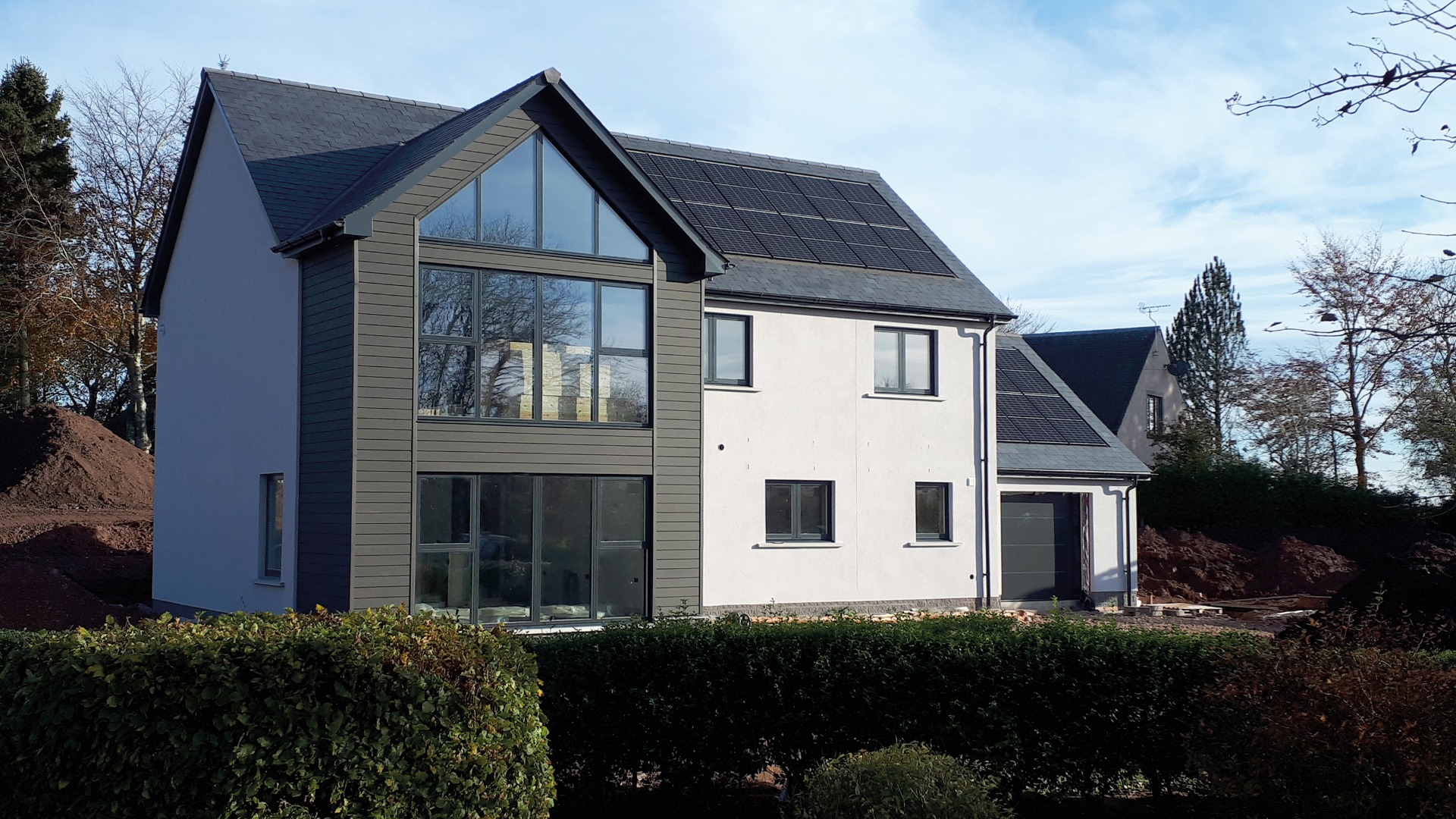
WHAT IS THE PURPOSE OF HOUSE CLADDING?
There are several reasons why you might be considering external cladding for your home. For many homeowners, the main motivation is aesthetic as wall cladding is an excellent way to refresh your home’s exterior and add a touch of colour to the façade. Others may be more focused on practicality, looking for added protection against the elements.
So, is cladding the right solution for you? Let’s take a look at the key pros and cons to help you decide.
BENEFITS OF ADDING HOUSE CLADDING
• Enhances Kerb Appeal: Cladding is a simple way to modernise and refresh the look of your home’s exterior.
• Low-Maintenance Options Available: Materials like composite, fibre cement, and PVC cladding require very little upkeep, saving you time and effort in the long run.
• Can Increase Property Value: A well-finished, visually appealing exterior can add to the overall value of your home.
• Provides Extra Protection: Cladding adds a protective layer to your exterior walls, helping shield them from weather damage and everyday wear and tear.
DISADVANTAGES TO ADDING HOUSE CLADDING
• Overwhelming Choice: With a wide variety of materials, finishes, and styles available, choosing the right cladding for your home can sometimes feel like a daunting task.
• Time-Consuming for DIY Projects: While you can install cladding as part of a self-build or renovation, it can be a lengthy process - especially if you're new to DIY.
• Timber Cladding Requires Regular Maintenance: Unlike low-maintenance alternatives like composite or PVC, timber cladding often needs yearly treatments to preserve its appearance and durability.
• Costs Can Add Up: Depending on the material and complexity of the project, cladding can be costly. Don’t forget to factor in the price of labour, scaffolding, and any extra structural support that may be needed.
Do You Need Planning Permission For House Cladding?
You'll be pleased to know that in most cases, external wall cladding does not require planning permission, particularly if you're using materials similar to those already used on the building.
That said, it's always best to check with your local planning authority before starting any installation work, as rules can vary depending on your area or property type. Properties in conservation areas or listed buildings, for example, are protected by separate restrictions, which need to be considered. If you live close to neighbours, it's also considerate to inform them of your plans ahead of time.
Planning Permission may be necessary for the following exceptions:
• Conservation Areas
• National Parks
• Listed Buildings
• An area of outstanding natural beauty
You can check whether you require planning permission by contacting your Local Planning Authority (LPA) — click here to find yours.
TYPES OF HOUSE CLADDING
From weatherboard cladding to metal cladding sheets, there’s a wide variety of materials available to suit different styles, budgets, and performance needs.
For many decades, traditional materials like brick and timber have been the go-to choice for homeowners. However, with advances in technology and manufacturing processes, modern alternatives such as composite and plastic cladding have grown in popularity—offering a low-maintenance, durable solution that appeals to today’s homeowners.
COMPOSITE CLADDING
Cladco offers a versatile range of composite cladding boards, ensuring you’ll find the ideal option for your project. Our Signature composite wall cladding board is a hybrid material made from 60% FSC®-certified natural wood fibres and 40% recycled plastic. This combination results in a high-quality product available in a wide selection of colours and a choice of plain or woodgrain-effect finishes. It also delivers excellent durability and requires far less maintenance than traditional cladding materials.
For even greater performance, consider our ProClad composite wall cladding. These boards feature a capped composite design that offers enhanced resistance to stains, mould, and extreme weather. Unlike timber cladding, they don’t need painting, staining, or sealing, saving you time and effort during installation. ProClad's protective outer layer also provides UV stability to reduce fading and discolouration, helping your cladding maintain its beautiful appearance for years to come.
The below look showcases our Signature composite wall cladding boards in Stone Grey, installed horizontally.
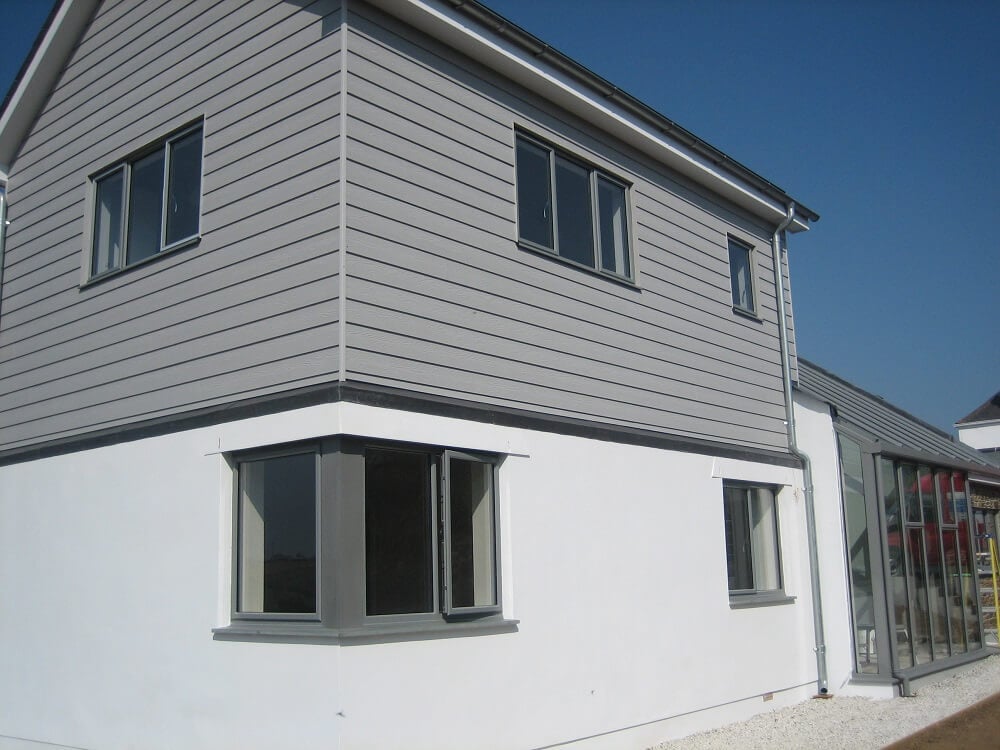
Benefits of adding Cladco composite wall cladding:
• Eco-Friendly: A sustainable alternative to synthetic materials, it is made from FSC®-certified wood fibres and recycled plastic
• Versatile Installation: Can be easily fitted horizontally or vertically, depending on your design preference
• Low Maintenance: No need for sanding, painting, or varnishing—just install and enjoy
• UV Resistant: Designed to retain its colour and resist fading over time
• Durable & Long-Lasting: Resistant to rot, warping, and splintering
• Range of Colours: Available in a selection of eight natural tones (ProClad has seven) to suit any exterior style
• Weather Resistant: Built to withstand harsh British weather year-round
• Instant Kerb Appeal: Instantly elevates the look of your home’s exterior
Negatives of adding Cladco composite wall cladding:
• Planning Permission: This may be required depending on your property type or location. Always check with your local planning authority before starting your project.
• Fixed Board Lengths: Cladco cladding boards are available in a single standard length but can be easily cut to size during installation.
• Not Insulation Certified: While cladding may offer some protection from the elements, Cladco wall cladding boards are not guaranteed to improve your home’s thermal insulation.
The garden building below has been fitted with Cladco Signature woodgrain composite wall cladding in Charcoal, creating a high-quality, low-maintenance finish - perfect for a stylish and practical workshop or home office.
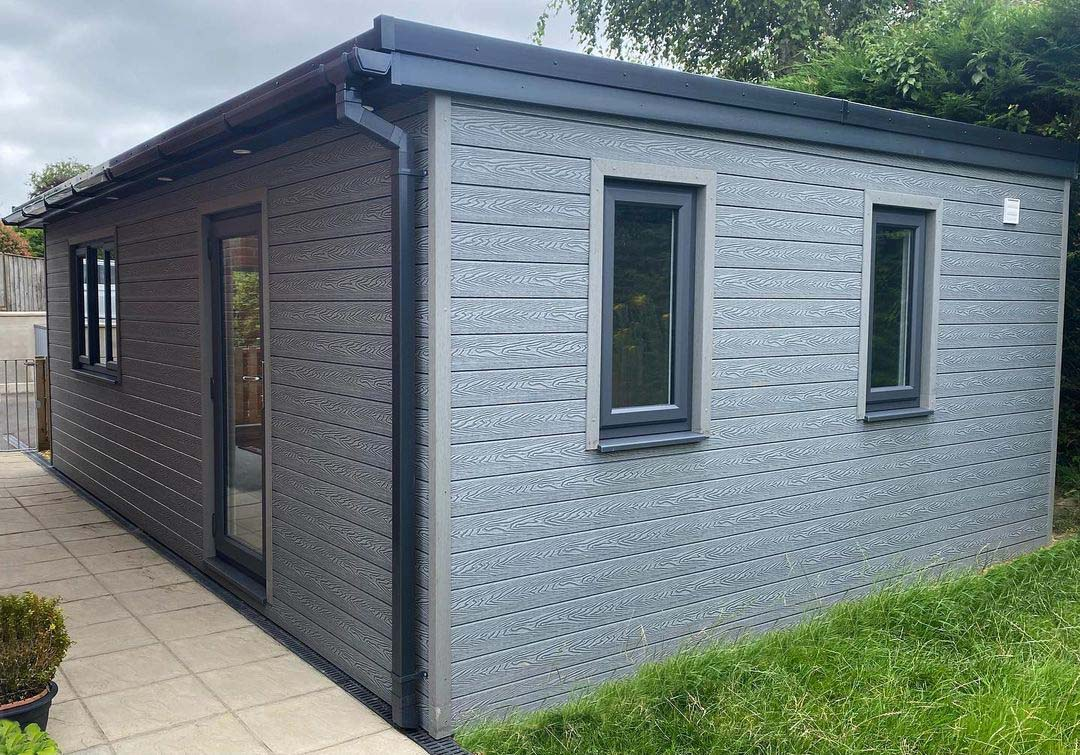
FIBRE CEMENT CLADDING
Cladco fibre cement cladding boards are made from a combination of cement, cellulose fibres and other materials - resulting in a strong, durable product that offers a low-maintenance, weather-resistant finish for your home.
Unlike traditional wood cladding, fibre cement boards are resistant to rot, mould, and pests. Our boards are available in eight natural colours, as well as an unpainted option - perfect for a custom finish tailored to your project.
The boards are installed using the unique featherboard technique, which creates an overlapping effect once fitted.
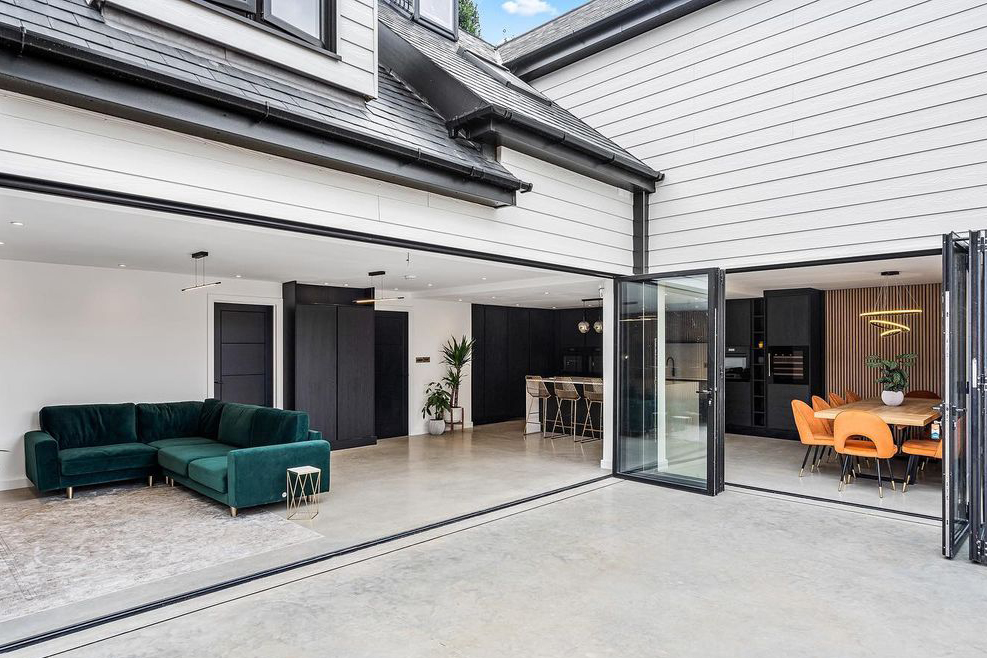
Benefits of Cladco fibre cement wall cladding:
• Authentic Woodgrain Texture: Offers the look of natural timber with none of the upkeep
• Ultra Low-Maintenance: No need for regular treatments or painting
• 10-Year Warranty: Peace of mind with long-term durability
• Fade-Resistant: Maintains vibrant colour for years to come
• Weather-Resistant: Ideal for all environments, especially coastal areas with salty air
• Customisable Finish: Available in an unpainted option for a fully bespoke look
• Instant Kerb Appeal: Transforms the appearance of your home with minimal effort
Negatives of Cladco fibre cement wall cladding:
• Horizontal Installation Only: Boards must be fitted horizontally as vertical installations are not supported
• Professional Installation Recommended: Due to the nature of the material and installation method, this product is not suitable for DIY projects
• Lower Environmental Credentials: Compared to alternative materials, such as composite, this cladding is less environmentally friendly
PVC CLADDING
PVC (Polyvinyl Chloride) wall cladding is manufactured from modern synthetic materials, offering a high-quality alternative to traditional timber cladding. Thanks to their hollow core design, PVC cladding panels are lightweight and easy to handle.
A popular option for those looking to make a bold visual impact, PVC cladding is available in a wide range of vibrant colours, allowing you to add personality and kerb appeal to your exterior walls.
Benefits of PVC wall cladding:
• Available in a Range of Bright Colours: Perfect for adding personality to your home's exterior
• UV-Resistant: Designed to maintain its colour and finish
• Rot, Warp & Splinter Resistant: A durable solution that should withstand rotting, warping and splintering
• Low Maintenance: Requires minimal upkeep compared to traditional materials
• Cost-Effective: A budget-friendly solution
• Corrosion Resistant: Ideal for coastal or damp environments
• Flexible & Lightweight: Easy to handle and install
Disadvantages of PVC wall cladding:
• Made from Synthetic Materials: PVC lacks the natural appeal of timber or fibre-based alternatives.
• Less Environmentally Friendly: This material is not sustainable, unlike composite or fibre cement options.
• Shorter Lifespan: It may require replacement sooner than more robust materials like timber or fibre cement.
WOOD/TIMBER CLADDING
Wood has long been a go-to choice for cladding—and it’s easy to see why. This trusted, traditional material has been used for hundreds of years and continues to stand the test of time. Whether you prefer a softwood like Western Red Cedar and Siberian Larch or the rich character of a hardwood, such as European Oak, natural timber is a material that is available in a wide range of varieties, colours and textures.
Perfect for rural settings or anyone looking to add a rustic feel to their home, wooden cladding instantly gives your property a welcoming, timeless charm.
Pros of wood cladding:
• Natural Material: Made from sustainable sources, timber cladding is a great eco-conscious option.
• Easy to Source: Widely available in a range of species, grades, and finishes.
• Heat Insulation: Naturally insulative, it can help to keep your home warm in winter and cool in summer.
• Effective Soundproofing: Its acoustic properties make timber ideal for reducing outside noise.
• Environmentally Friendly: ‘Green’ timber options, including FSC®-certified wood, are readily available.
• Treated or Untreated: Choose between pre-treated boards for longevity or untreated timber for a more natural, weathered look over time
Cons of wood cladding:
• Regular Maintenance Required: Timber cladding requires annual sanding, staining, or varnishing to preserve the wood.
• Installation Can Be Tricky: It needs to be installed correctly and may not be suitable for DIY projects/self-builds.
• Susceptible to Weathering: Without proper treatment, wood can warp, crack, or fade.
• Difficult to Repaint: Changing the colour of wood cladding can be a challenge and may require significant prep work.
• Not Fire-Resistant: Timber lacks natural fireproof properties.
Shou Sugi Ban Cladding
Originating from Japan, Shou Sugi Ban is a traditional wood preservation technique that can be used to clad the exterior of homes. The wood is treated with oil and then carefully charred, creating a striking, instantly recognisable finish. As well as its bold appearance, the burning process also enhances the timber’s overall durability and makes it more resistant to weathering, pests, and decay. If treated correctly, Shou Sugi Ban can provide a decorative finish that lasts anywhere up to 80 years.
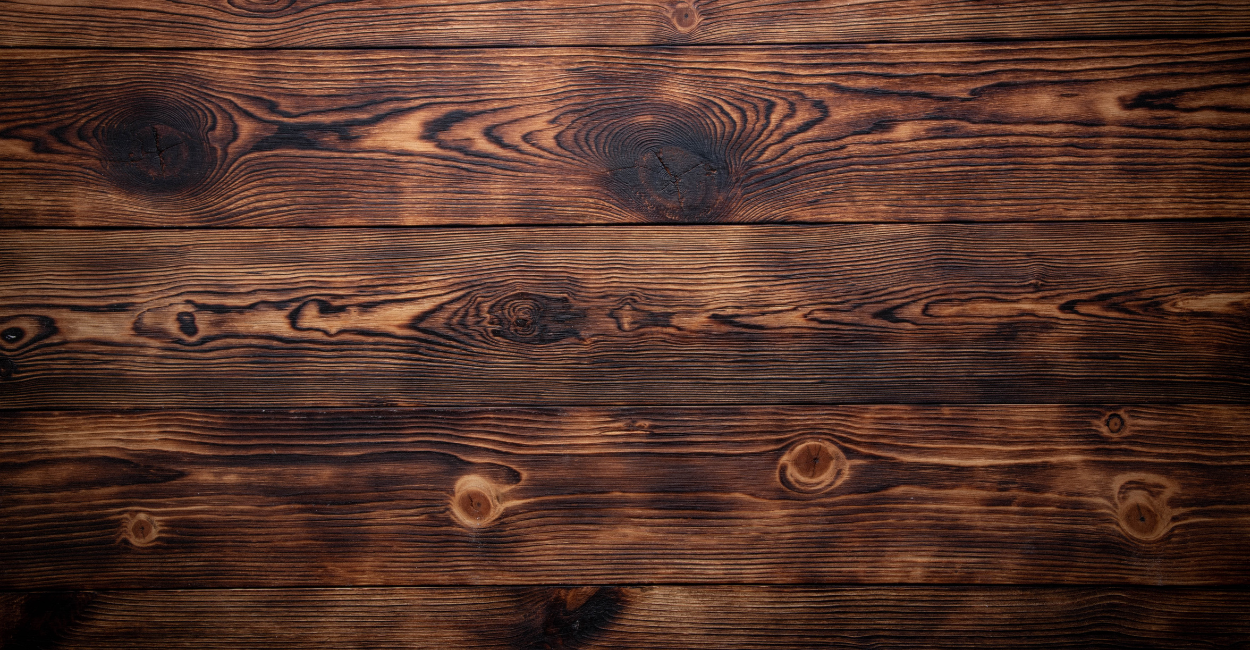
Shou Sugi Ban is a cladding method that originates from Japan, and if treated correctly, can provide a decorative finish that lasts anywhere up to 80 years.
HANGING TILE CLADDING
A popular style for British homes during the late 20th century, with many houses up and down the country still using it now, hanging tile cladding uses vertical tiles to create a seamless divide between the roof and the fascia of the home.
Hanging tiles can give the appearance of red brick thanks to the conventional clay appearance of the tiles.
The below image demonstrates the use of hanging tile cladding, complementing the brick render beautifully.
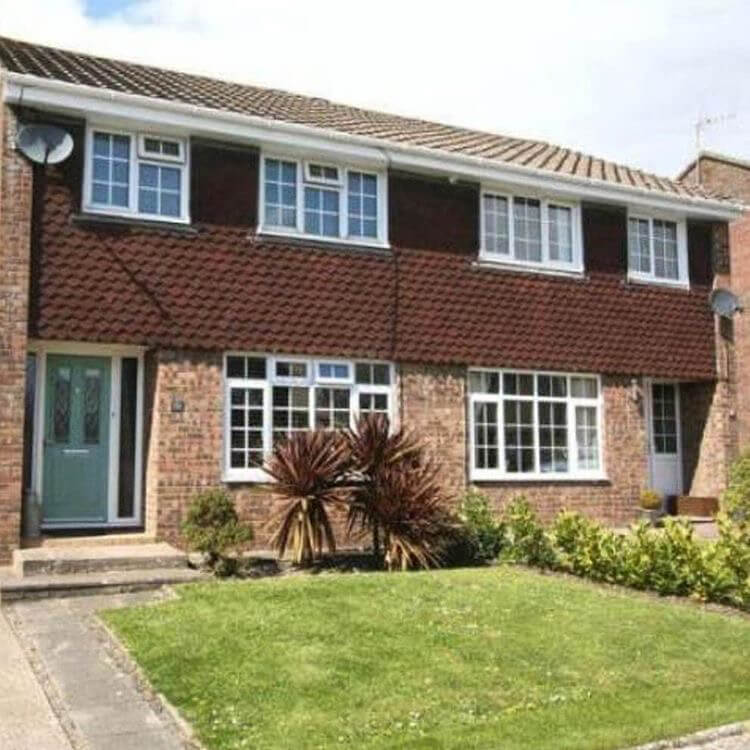
How Much Does Cladding Cost?
Cladding costs can vary depending on the size of your home and the materials you want to clad your building in. Materials such as stone and timber are all-natural products and may be cheaper than composite, plastic, or fibre cement materials.
Below is the breakdown of the UK's average cost of materials per square metre. Prices were accurate at the time of writing and did not include labour and installation costs.
Composite cladding: Average cost per m² of £40-£45
Fibre cement cladding: Average cost per m² of £33
PVC cladding: Average cost per m² of £30-£50
Timber cladding: Average cost per m² of £15-£20
Hanging tile cladding: Average cost per m² of £66-£80
Cladding for an Exterior Makeover
The images below showcase just how transformative cladding can be when added to the exterior of your home.
What was once a tired and dreary-looking property has been completely revitalised and brought into the 21st century, thanks to a combination of crisp white render and Cladco’s Signature composite wall cladding in a sleek Stone Grey finish. The result is a fresh, contemporary look that enhances both kerb appeal and overall appeal.
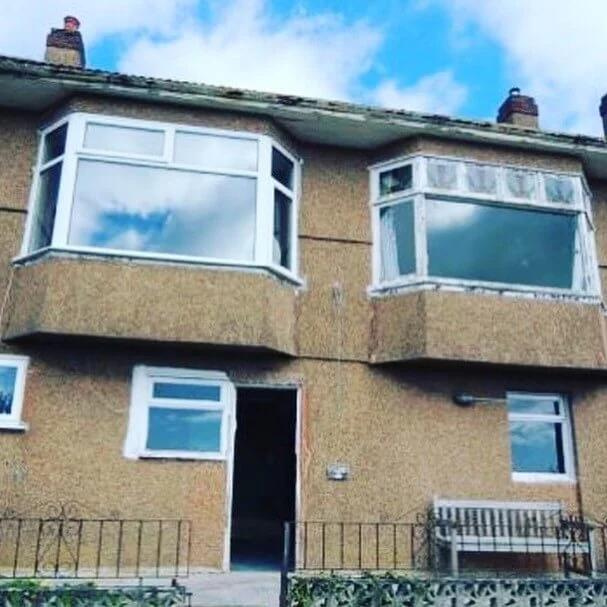

CONCLUSION:
Now that you’ve had the chance to explore the wide variety of house cladding options available, you should feel better equipped to choose the right material for your home improvement project. While traditional styles like hanging tiles and timber cladding have stood the test of time, they also have their fair share of drawbacks. If you’re looking for something that offers a more contemporary aesthetic, along with durability and minimal upkeep, modern cladding alternatives like composite and fibre cement are excellent options that continue to grow in popularity.
Follow our social media channels for further cladding inspiration, or to find out more, see our website or contact our friendly sales team on 01837 659901.

